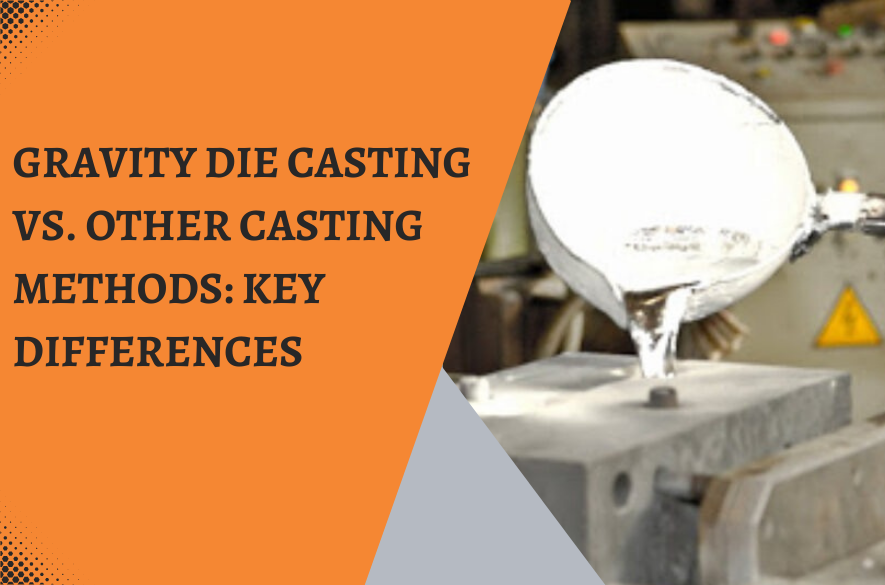
Gravity Die Casting vs. Other Casting Methods: Key Differences
Casting techniques play a significant role in manufacturing, which is going to shape the future of various industries. The right method is selected based on the requirements of the project, ranging from material properties to production volume.
Gravity die Casting
Gravity die casting is a process where molten metal is poured into a metal mould under the influence of gravity. This technique ensures excellent surface finish, dimensional accuracy, and higher mechanical strength. It is widely used by industries requiring intricate designs and durability, such as automotive, aerospace, and electronics.
As a preferred technique, gravity die casting stands out on account of its ability to produce consistent and high-quality components. Die casting companies often recommend this method in medium to high production runs where precision and repeatability are essential.
At Roots Cast, we provide quality castings through Gravity die casting method for various segments.
Other casting methods
Casting methods like Sand casting and Investment casting involves shaping molten metal using a temporary mould. While it has the flexibility to accommodate larger and more complex designs, its surface finish and accuracy vary compared to gravity die casting.
These casting methods are suitable for low production volumes or when dealing with materials not suitable for die casting like brass.
Key Differences
Material Used for Molds: Gravity die casting uses permanent metal molds, whereas sand and investment casting mostly use temporary molds like sand, wax, or plaster.
Production Volume: Gravity die casting is suited for medium to high volume whereas sand and investment casting is more economical for small runs.